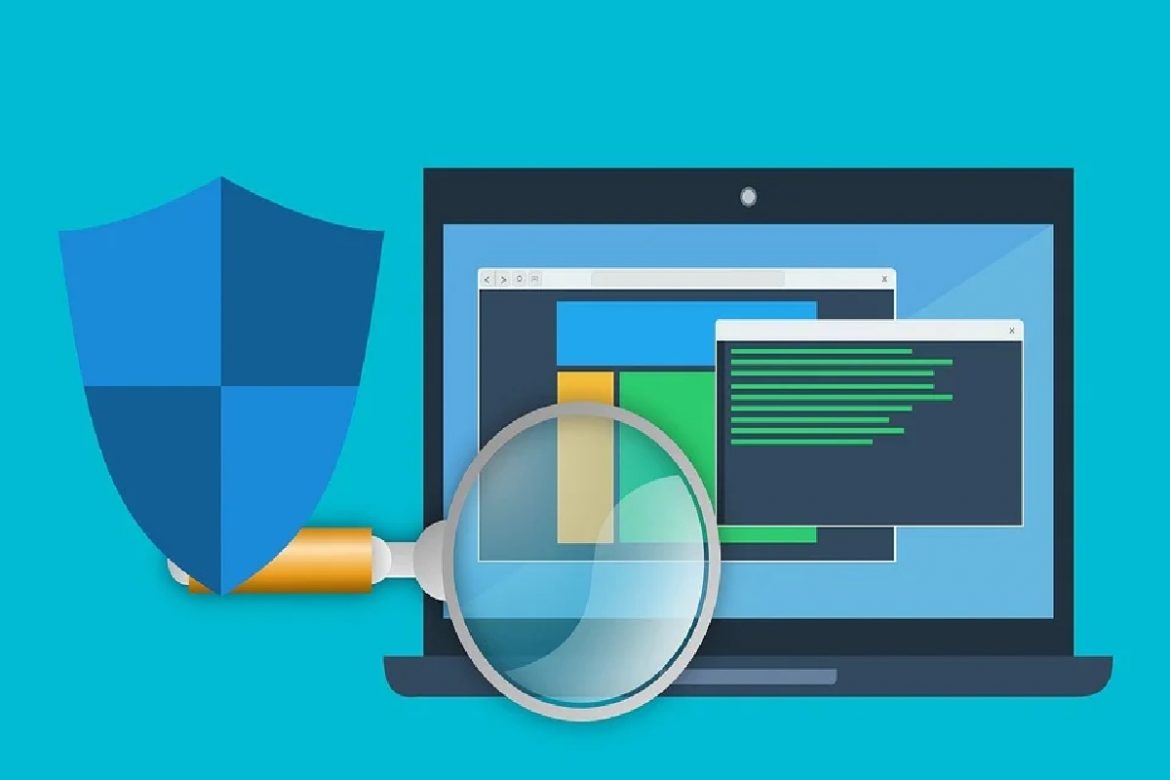What Are The Differences Of Antivirus From TDR – Threat detection response and antivirus software might be terms that sound familiar to you. You may have heard them in tech talks, seminars, or orientations. The two are very similar, hence, they can often be seen discussed together. However, although they have striking similarities, they are two very different things.
Before we dive into their differences, let’s learn why these two things are necessities for your organization.
We now reside in the digital-reliant world where the advancements in technology are endless. The high-tech ways of the world benefit you and your business greatly by making operations more efficient. Unfortunately, they also make your company vulnerable to cybercriminals since they can use the same technology to penetrate your security system. On the same note, you do have the option to upgrade your defenses to avoid cyber-attacks.
Today is just as good a time to take your company’s cybersecurity seriously. Antivirus and TDR are common go-to’s in online protection, and you might be thinking about which one of the two is best for your company.
It’s best to understand them individually first.
Table of Contents
Antivirus?
What’s the first thing that appears into mind when you see this word? Are you reminded of those pesky pop-up ads that appear every 5 minutes on your computer screen? While your initial thoughts are valid, there’s so much more to it. Antivirus software is highly beneficial and even crucial in keeping one’s safety online.
So, what is it exactly?
From its name, “antivirus,” it is software that protects your computer from viruses, specifically. Not to be confused with anti-malware, the latter is quite different. Malware is more of an umbrella term that pertains to malicious software that causes damage and steals information. A virus is a type of malware controlled by a user and can replicate itself, much like the viruses in the medical field. After much development, some antivirus software can now address a broader scope of threats outside of viruses such as malware.
Here are some key features of antivirus software:
- Automated updates: Alongside technological growth, vicious malware also continues to evolve. Antivirus programs are also constantly growing to be able to accommodate emerging threats. They notify the user of updates to its system that can provide a better defense against threats.
- Scanning: The program conducts regular background scanning that identifies threats as soon as it enters the system until further action will be done. It also has manual scanning where the user can have the software scan specific files and folders.
- Detection: Not only do they identify the presence of malware, but they can also pinpoint their location and entryway.
- Neutralization: Antivirus software then removes the threats and malware after detection.
Antivirus software works best in packages with its extra features. Premium versions protect your network against advanced major threats and even obliterate malware. They also have free versions that offer a layer of security for minor threats like worms and classic viruses.
What is TDR?
At first glance, Threat Detection and Response (TDR) looks like its function is relatively self-explanatory. Yes, it does what it says: detect threats and respond accordingly.
But how it does so and its coverage is much more complex. Threat detection focuses on the entire security system of a network. Ideal for organizations and groups with an extensive network of computers. Similar to antivirus and antimalware software, it detects potential threats and performs a similar course of action. TDR is anti-malware amplified. While the latter is acceptable for personal computers and individual devices, TDR is a system that caters to a larger audience, like that of a corporation.
The expanding threat to cybersecurity calls for upgraded defense systems. There are certain attacks that antivirus software isn’t equipped to handle. In the event of a security breach, you would want to put your company’s safety in better hands.
What does TDR do?
- Scanning. TDR scans your system of networks 24/7 with a wide range of tools and programs to encompass all potential threats regardless of their level.
- Data Gathering. It does not only scan to detect malware but also to gather information to have it integrated into its security platform. The data will then be used to create a smarter system for future attacks.
- Prevention. Most malware are capable of getting past your first line of defense. If this happens, TDR prevents them from going further into your system by acting as a second barrier. Solutions like Sangfor Continuous Threat Detection makes use of AI to increase its effectiveness.
- Defense. Offering a highly advanced security system, the system’s response and services work extra hard in containing and eliminating any detected threat. TDR uses tools and services accompanied by human intelligence to create a better defense system that addresses threats in the best way possible.
In conclusion, it’s best to have both antivirus software and Threat Detection and Response in your company’s cybersecurity system. In addition, individual devices should have antivirus software installed and have the TDR encompass the entirety of your online defenses for maximum protection.


